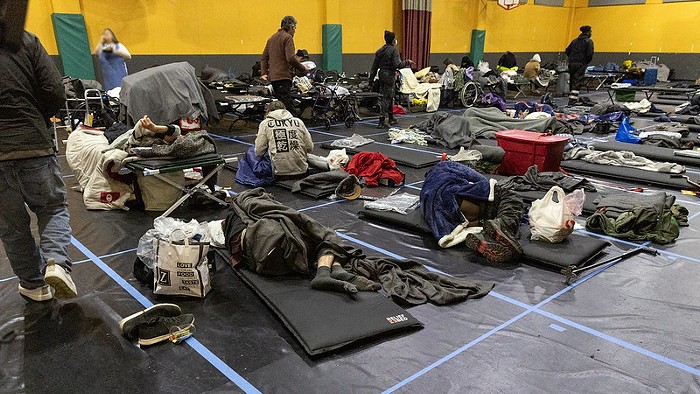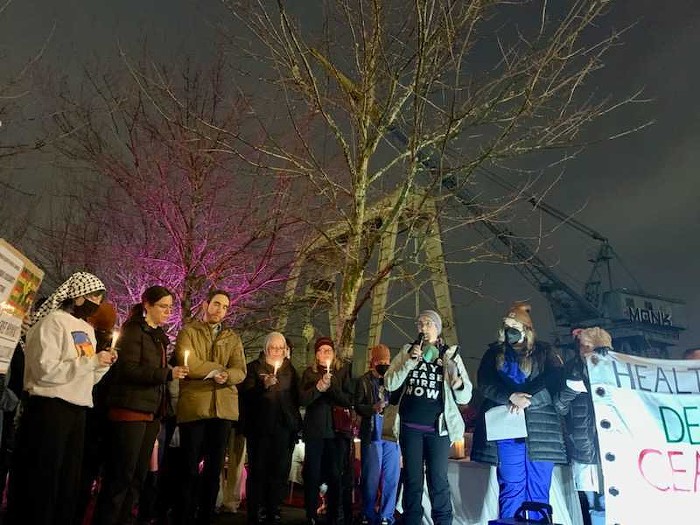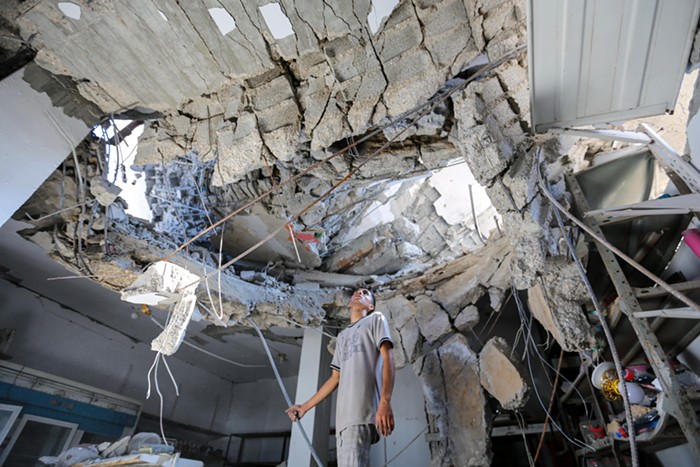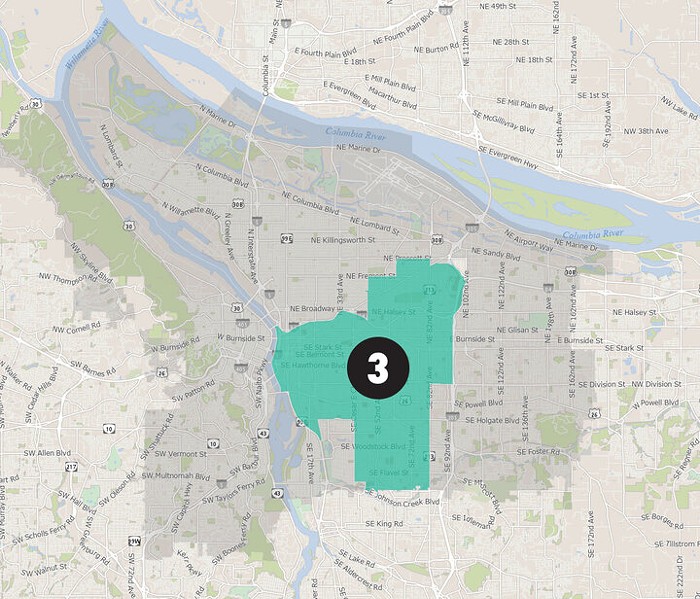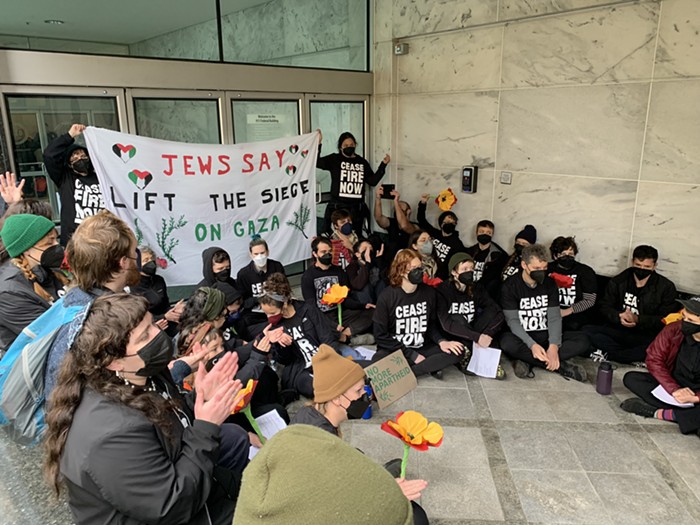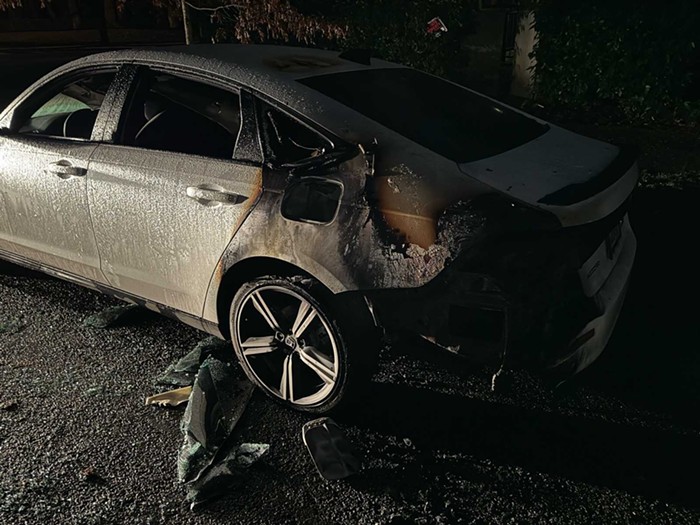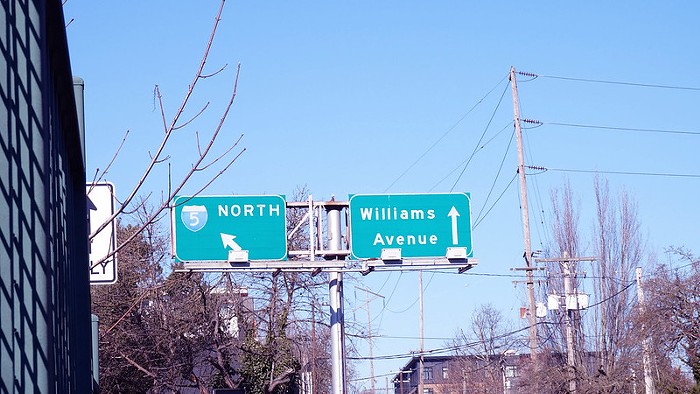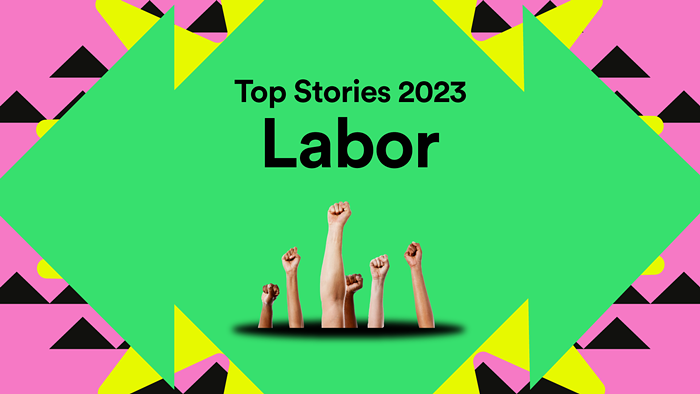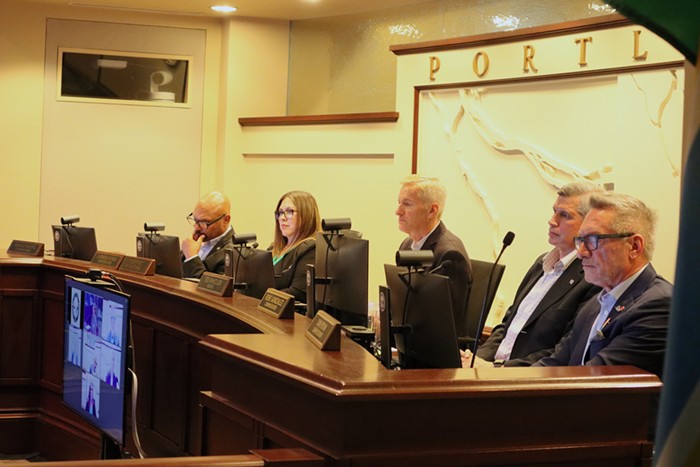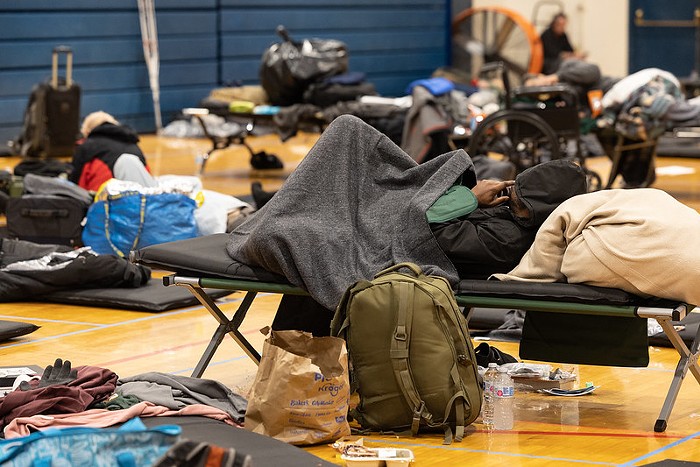POLITICIANS AND CIVIC boosters gathered at the corner of NW Broadway and West Burnside last Tuesday, September 7, to celebrate a death.
For 32 years, a brown brick Burger King has squatted on the edge of two Portland arterials. The long-vacated building was an embarrassing symbol of obstinate Portland blight, persisting despite intensive urban renewal. As a construction worker tore into its walls, making way for a new $19 million Central City Concern clinic, the crowd cheered.
When it opened in 1978, the low-slung building won a local architecture award for its "plaza-like" design—"such that a man in a coat and tie would feel as comfortable as a student." But even before the burger franchise shut down eight years ago, the business gained a reputation as a hangout for drug dealers. In recent years, it became a spooky magnet for crime: Since 2005, police were called to the corner a whopping 1,257 times, including 79 welfare checks, 60 disturbances, 36 reports of drunkenness, and 29 fights or assaults.
Plans to develop the land, worth $2.8 million, fell through again and again until the building went into foreclosure and nonprofit Central City Concern snapped it up for $1.6 million. The new clinic will open at the infamous spot in November 2011.
Here are a few memories of a building everyone wants to forget.
Deborah Kafoury, county commissioner:
It represented what we don't want our city to be: the shadier side of a community, drug dealing, prostitution, sadness, despair. With a health clinic, it's going to be hopeful and be filled with people who are trying to turn their lives around.
When it was Burger King, my friends and I [in the 1980s] used to dare each other to go buy something in there. It was always really sketchy. It was a naughty place to be, because you knew your mother wouldn't want you to go in there.
You'd have to be crazy not to see it, it was all out in the open. It's good that they're tearing it down.
Nick Fish, city commissioner:
I think there's something terrific about taking a Burger King, that sold unhealthy food, and replacing it with a health clinic that's serving the needs of that community. I thought it was a conspicuous example of decay in the downtown. You're used to seeing buildings like that in the periphery of the city, not in the center of the city. It was a distressing sign to drive by a building that we couldn't find a use for.
Anonymous ex-employee, commenter on LostOregon.org:
People were always trying to reach in and grab the till drawer at the drive-through—one of my coworkers kept a section of broom handle at that station so she could beat them on the arm. I just slammed the window as hard as I could. I also remember a coworker defending herself with a pot of hot coffee (yikes). Addicts would nod off in the back dining area, and homeless would sleep there as well (most of the dining room and the bathrooms were completely out of the line of sight of the front counter—how stupid a design is that?!). I had to clean the bathrooms sometimes and it was a real horror show. The mirrors were broken quite often, and there would be urine-soaked clothes lying around, and razor stubble from street guys trying to keep clean in there. Needles, flooding, you name it.
We used to slip the "waste" (food that had been sitting longer for X number of minutes) to the homeless. The managers forbade us to give it to those in need, so there was an extra incentive to do it. That place is loaded with bad karma.
Jeff Cogen, county chair:
The only time I went in there was a long time ago after a show at the Roseland—I think it was a reggae show—I went in there and got some french fries. There are times when I see them wrecking buildings, and I feel sad that we're losing a part of our history. But when I drove past this and saw the wrecking ball, my first thought was: good riddance. I guess this is a part of our history, too, but I didn't feel any attachment to it.
Angela Borovicka, Portland native living on the streets for the past six months:
I always noticed that it was empty, and I thought that maybe it was because people always urinated there so people didn't want to hang out there. Since it was just being used as a bathroom, and vandalized, nobody would want to even sleep there. I heard there was, at one time, drug activity. I assumed that everyone was staying away from it because it was marked territory; it was being watched so much. I think also, no one's using it because of the past stigma around it.

